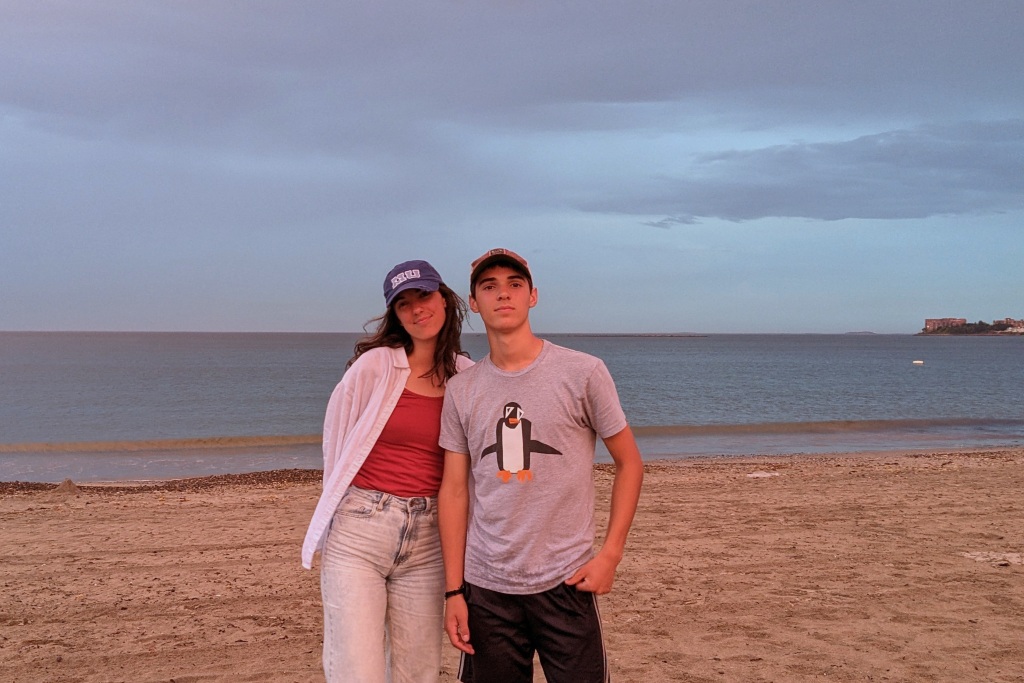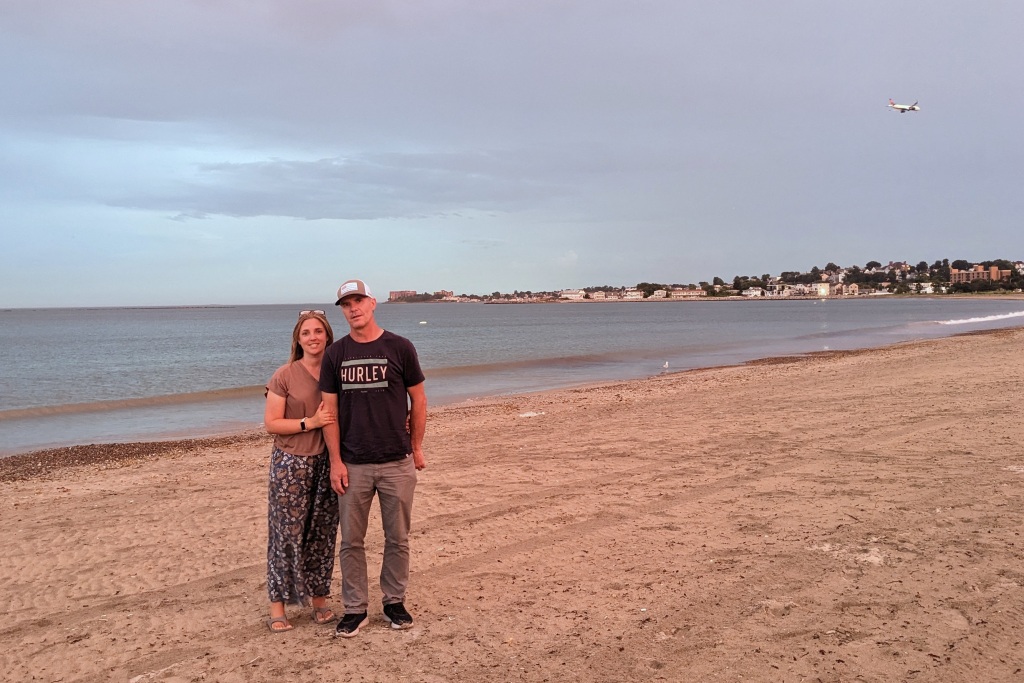Colonial Inn
For lunch we stopped at the Colonial Inn in Concord. It was built in 1716. One of the Inn’s original building was used as a storehouse for arms and provisions during the Revolutionary War. The North Bridge where the shots heard round the world is near here, so every year in April they have a parade near the Inn and a ceremony at the North Bridge on Patriots Day. Henry David Thoreau stayed here while he was attending Harvard.
The food was good. They serve in different rooms, and it was fun to peak in and see some of them. Each is unique. It was a nice stop between tours.
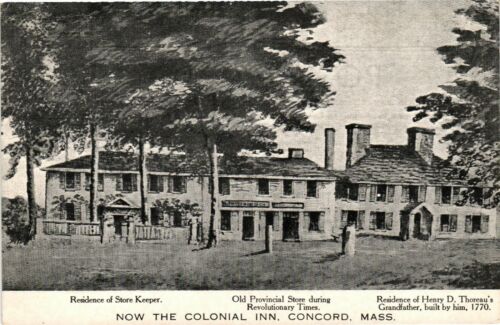
Buckman Tavern and Lexington Green
Built in 1710, Buckman Tavern was a gathering place for both locals and travelers, and the site of many important town meetings. Captain Parker and his militia gathered in this tavern in the early morning hours of April 19, 1775 to await the oncoming British Redcoat troops. Below is a photo of the tavern, and Ben trying on clothes inside.
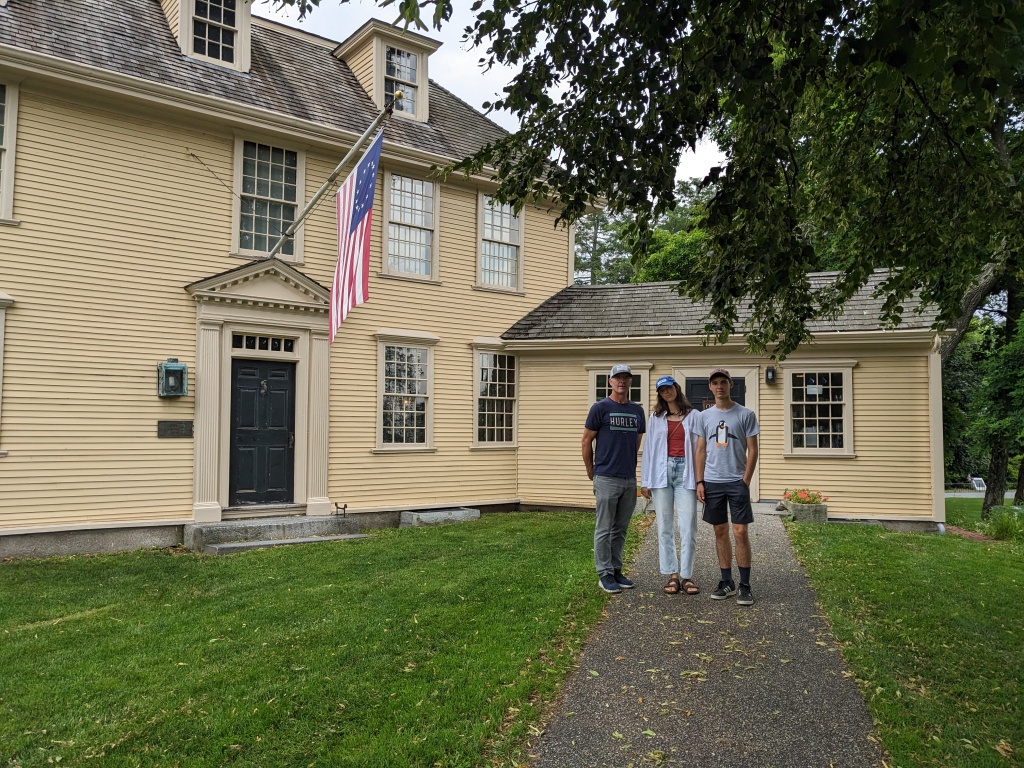
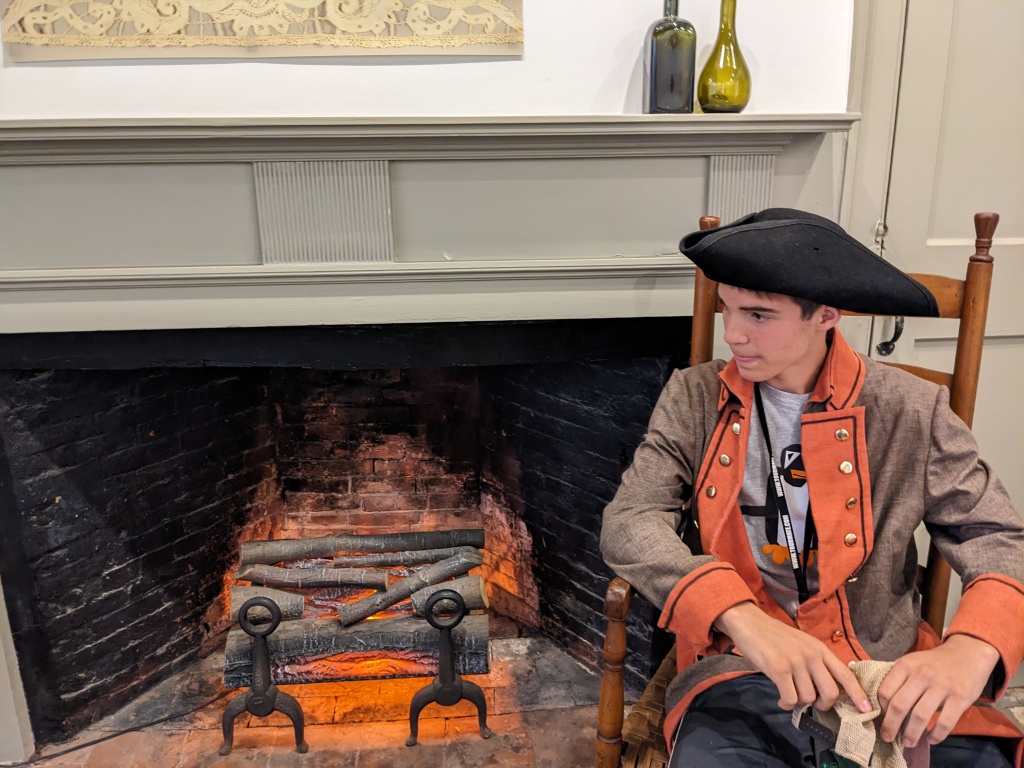
On the evening of April 18 General Thomas Gage, the British royal governor of Massachusetts, organized 700 British troops for a march to Concord. The troops were ordered to destroy the colonists’ military supplies, or ammunition, in Concord. Fighting started in front of Buckman Tavern at the Lexington Common (or Lexington Green). The first shots were fired here that started the Revolutionary War.
King’s troops marched into Lexington around 5:00 am to find a militia company of about 70 men led by Captain John Parker that had been waiting at Buckman’s Tavern. When the vanguard of the British force rushed forward upon the town green, Captain Parker immediately ordered his company to disperse. At some point a shot rang out– historians still debate who fired the shot. The nervous British soldiers fired a volley, killing seven and mortally wounding one of the retreating militiamen. The British column moved on towards Concord, leaving the dead, wounded, and dying in their wake. The militiamen suffered the first casualties of the American Revolution. Below is Amos Doolittle’s engraving of the Battle of Lexington.
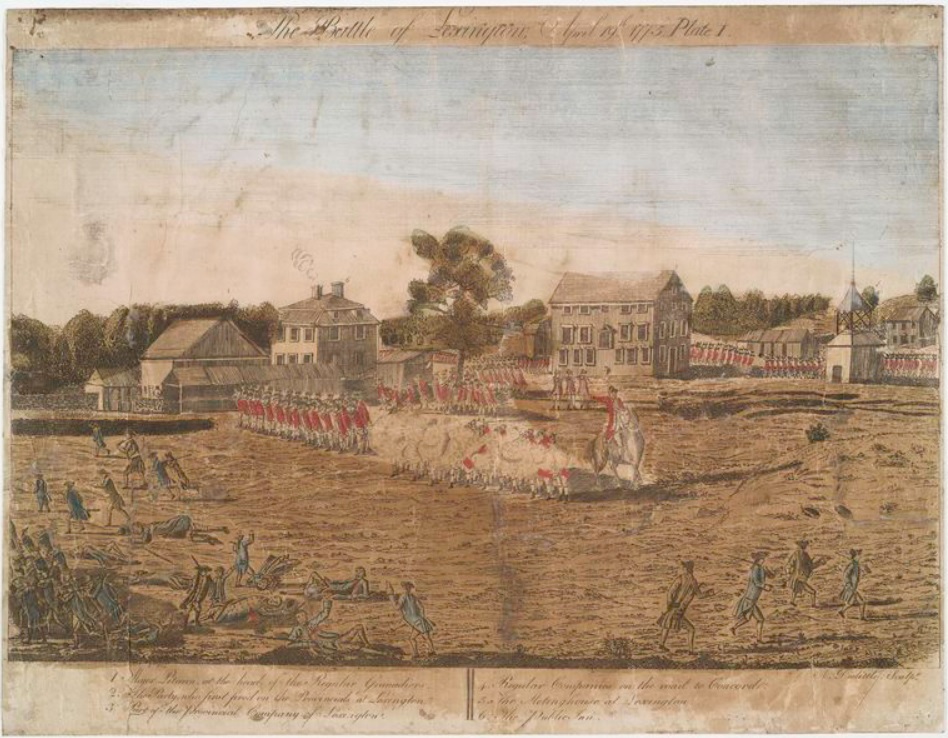
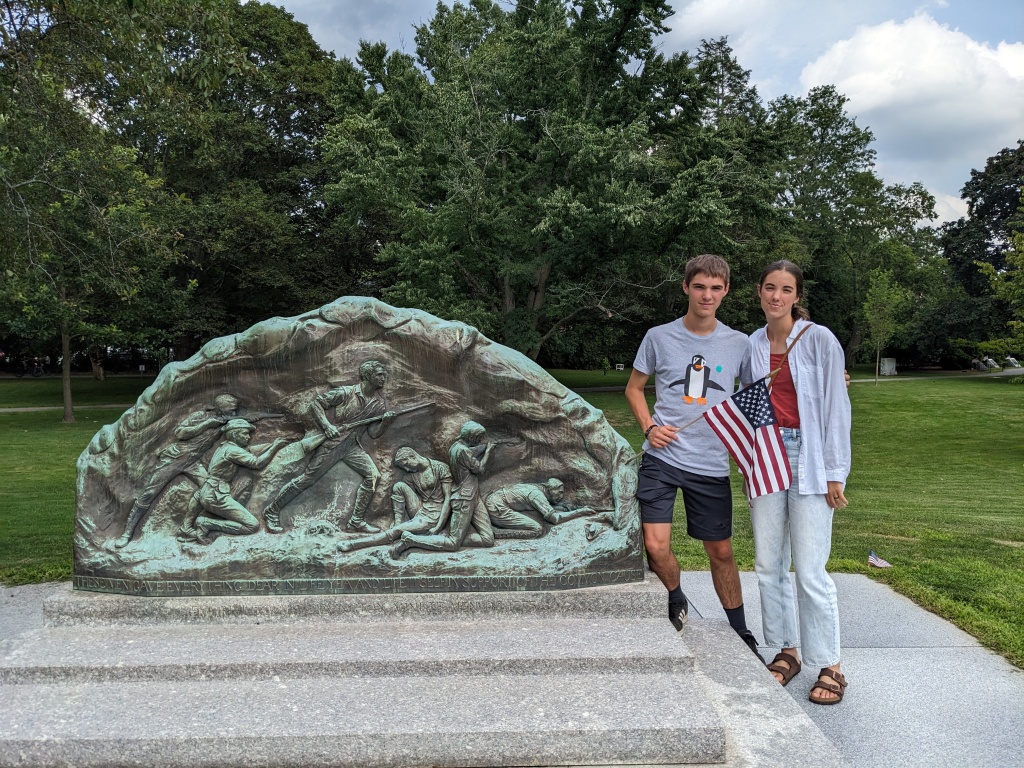
We heard the phrase the ‘shot heard ’round the world’ referred to the first shots on the North Bridge in Concord (previous post). But our tour guide argued that the actual first shots had happened earlier that day on the Lexington Common.
By the end of the day it was clear the day had been a disaster for the British who had 73 men killed and many more wounded compared to the patriot’s loss of 49 killed. Concord poet Ralph Waldo Emerson dubbed them the “embattled farmers.” That day, they were simply loyal British subjects who believed that they were standing up to defend and fight for their rights. In doing so they changed the world forever and so was the start of the American War of Independence.
Below is a helpful map of important sites in the area. We didn’t make it to everything as you can see on the map. You have a constraint of between about 10 or 11 and 4 or 5pm when places are open. But I love what we were able to see. This is a place I could come back to again and again.
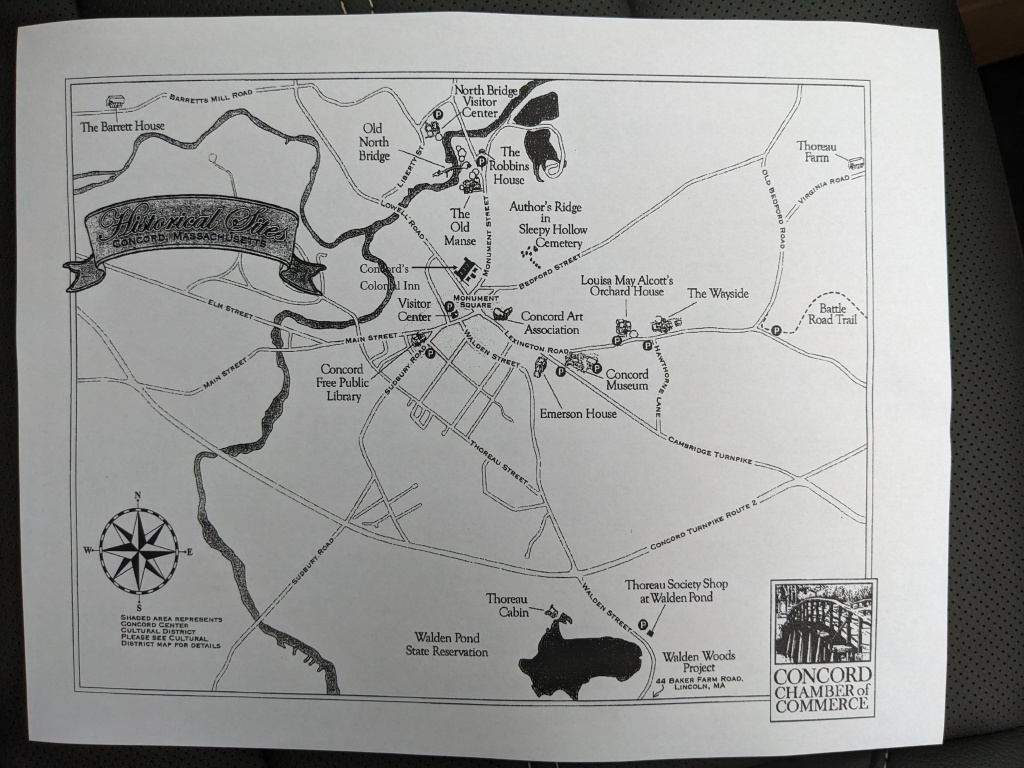
Harvard
Harvard was a last minute stop. I hadn’t planned to visit, and I was kicking myself I hadn’t reached out to friends and family that attended Harvard to get some advice on what to do while we were here. So as a last resort we googled famous old building at Harvard and walked around and enjoyed the campus. Since our visit I found a great resource with information about self-guided tours at Harvard.
Massachusetts Hall – Harvard
Built in 1720, it is the oldest building still standing on Harvard’s campus. It has been used for a variety of purposes, including as an army barrack during the Revolutionary War.
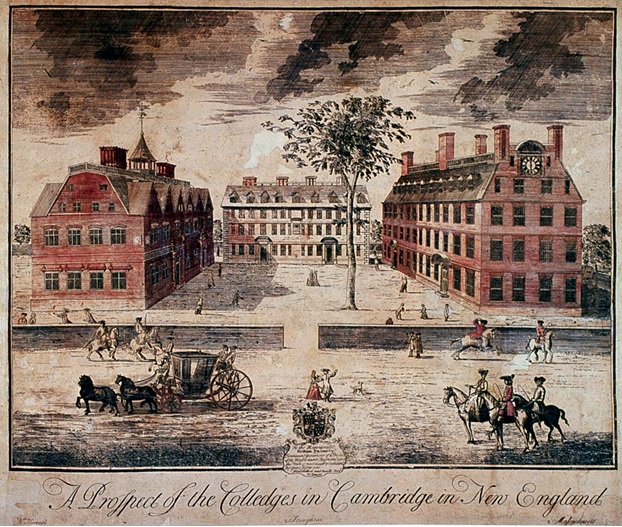
The building on the right is Massachusetts Hall. I spoke earlier of Paul Revere being so much more than just a famous ride. Paul Revere was also an engraver. He made many engravings that were were political, and some were just decorative. This art is one of his engravings made in 1767.
I hadn’t really known much about engraving before this trip, but engraving is a printmaking process in which lines are cut into a metal plate in order to hold the ink. Once the art is cut into metal it is inked and pressed onto paper. I vaguely had an idea of it, but because I kept hearing about Paul Revere’s engravings (and he had many), I looked it up to see exactly what it was. There is a great explanation of it at metmuseum.org.
That seems like an incredible skill to have to be able to carve a picture into metal. I can’t believe all the places we heard about Paul Revere, and how little we really hear about him in history books at school.
But I digress, here is a photo in front of Massachusetts Hall.
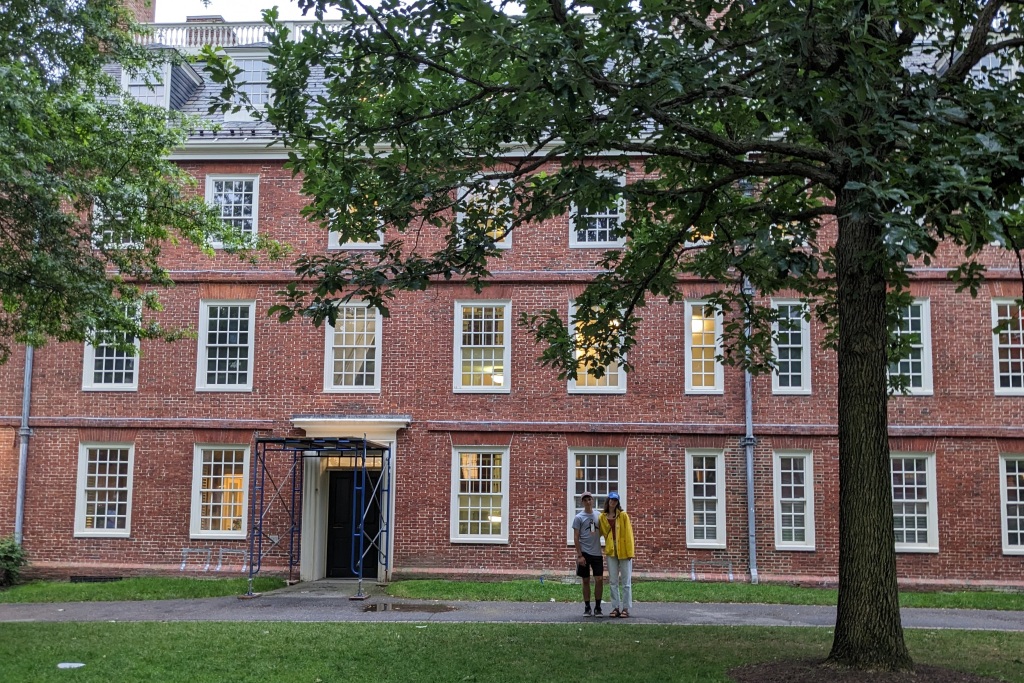
Harry Elkins Widener Memorial Library – Harvard
While not as old as other places on campus, built in 1915. It is the largest library on campus.
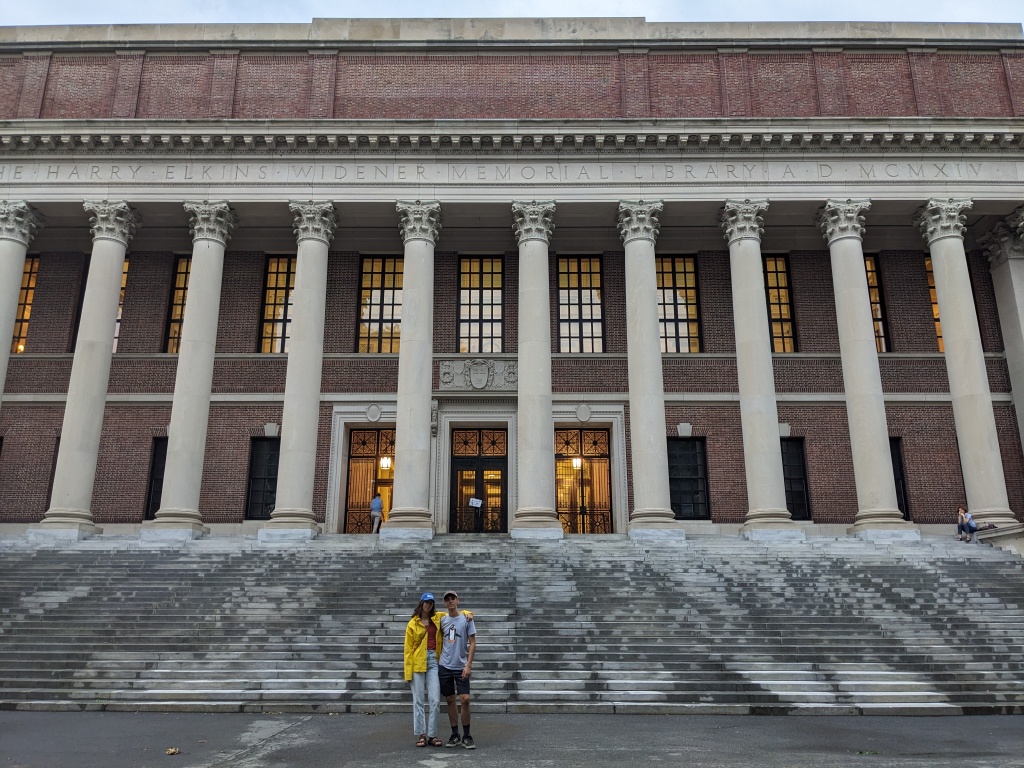
Widener has 57 miles of shelf space and the capacity to hold over three million volumes. Unfortunately we weren’t able to go inside and had to settle for in front of the library.
Memorial Church – Harvard
The inscription over the entrance to the church says, ‘In grateful memory of the Harvard men who died in the World War we have built this Church.’ The church stands opposite the Widener Library.
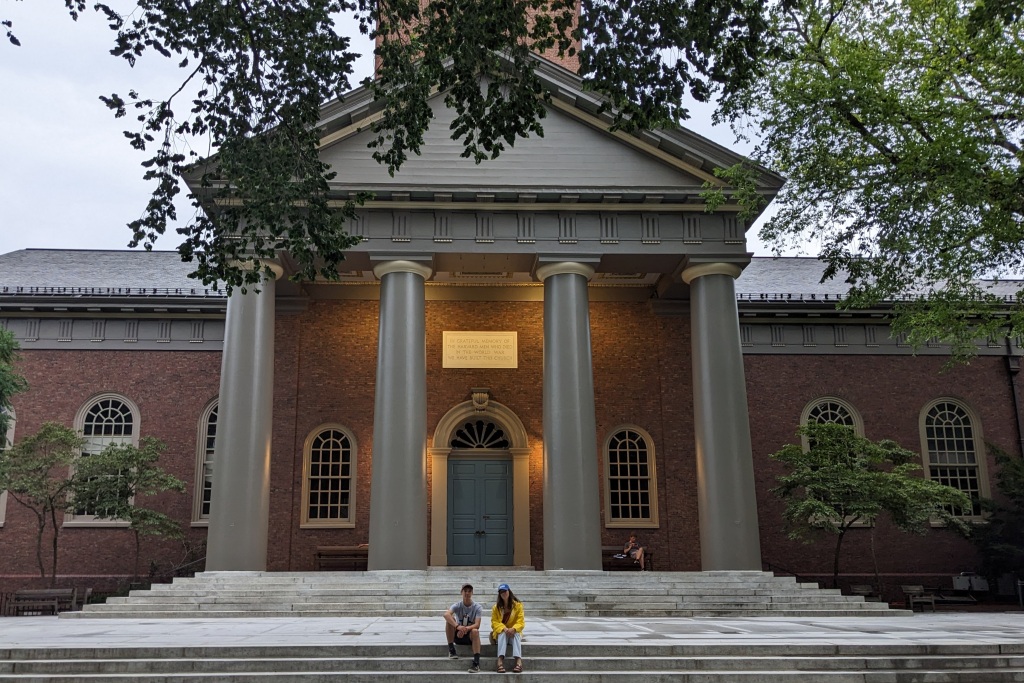
Memorial Hall – Harvard
Built in the 1870’s the hall was conceived as a memorial to Harvard graduates who fought for the Union cause in the Civil War. I’m glad this was one of the last buildings we visited, because it was a fabulous way to end our walk through Harvard. The interiors are breathtaking. When we were visiting, the cafeteria was only open to students, but there was a door with a window, and we peaked in. It was beautiful. I read somewhere that this was the inspiration for Hogwarts Dining Hall. I read later that wasn’t true. But imagine Hogwarts dining hall and you have an idea of what the dining hall looked like here. The only photos we were the exterior able to get was in the entrance and the exterior. You can’t go to Harvard and miss this stop.
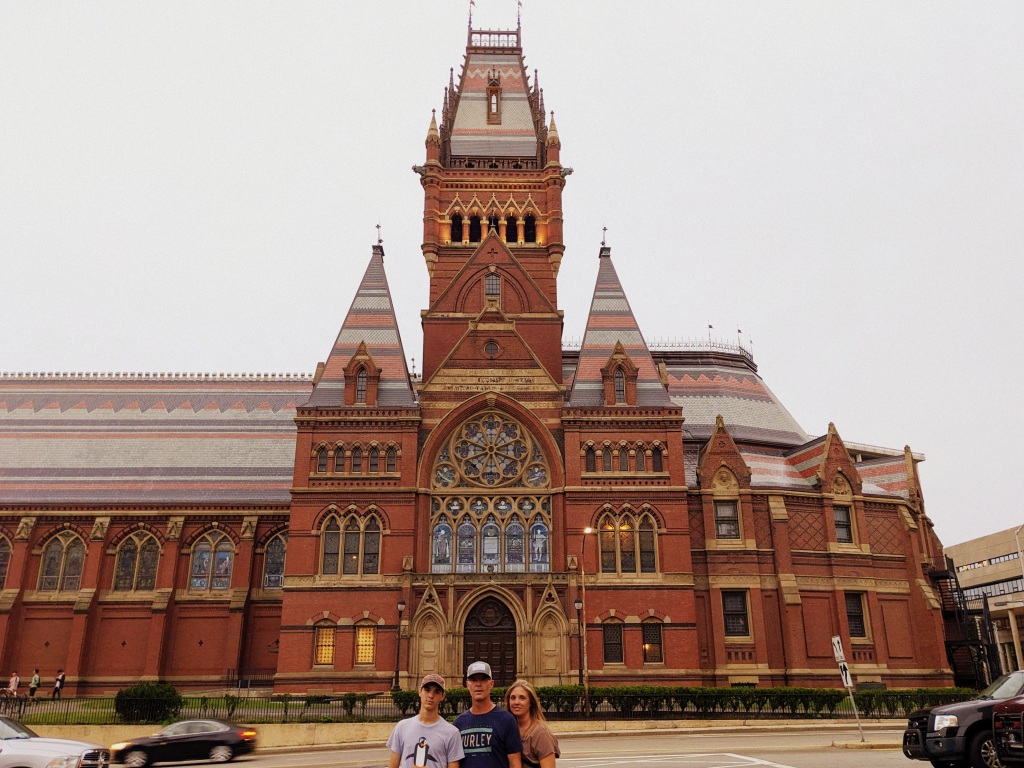
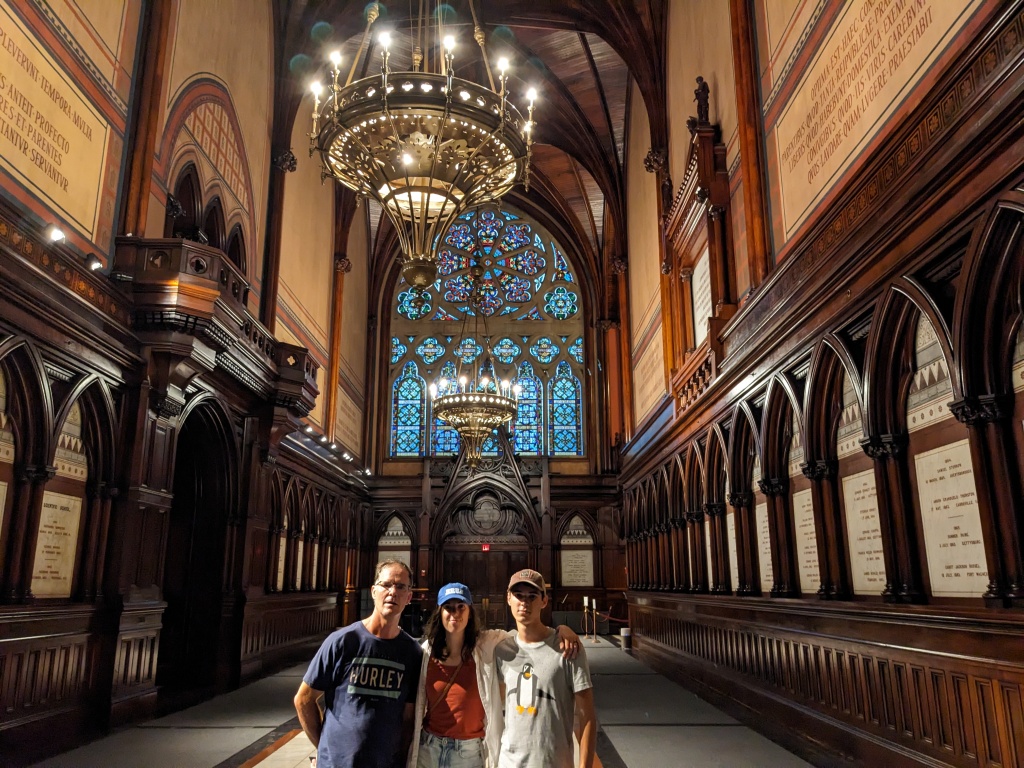
I’m sure we missed a ton we should have seen while visiting. But as it was each day, we had limited time, and we wanted to get to the beach before dark. So we headed back to Boston.
Revere Beach
Just five miles North of Boston, the Revere Beach Reservation was the first public beach in the United States. We weren’t purposely shooting to see a historic beach, but this was on our way back to the hotel. We promised Ben we wouldn’t leave Boston without letting him go to the beach. I had a funny moment. I don’t know what I was thinking, but having raised our kids on California beaches for a number of years, I was excited to be at the beach for sunset….then realized I was on the wrong side of the country for that : ) I’m sure they have beautiful sunrises…but we missed it.
